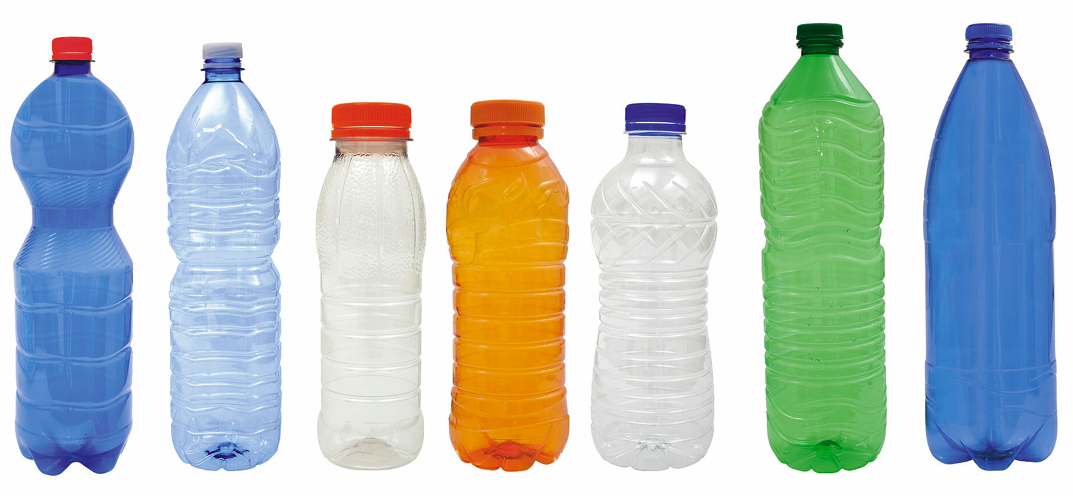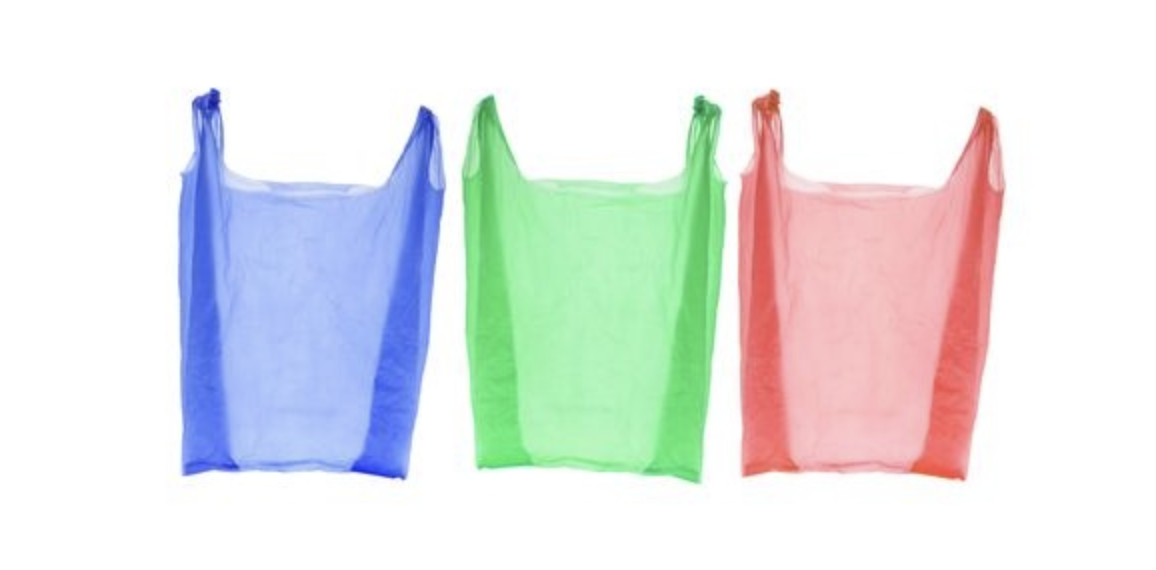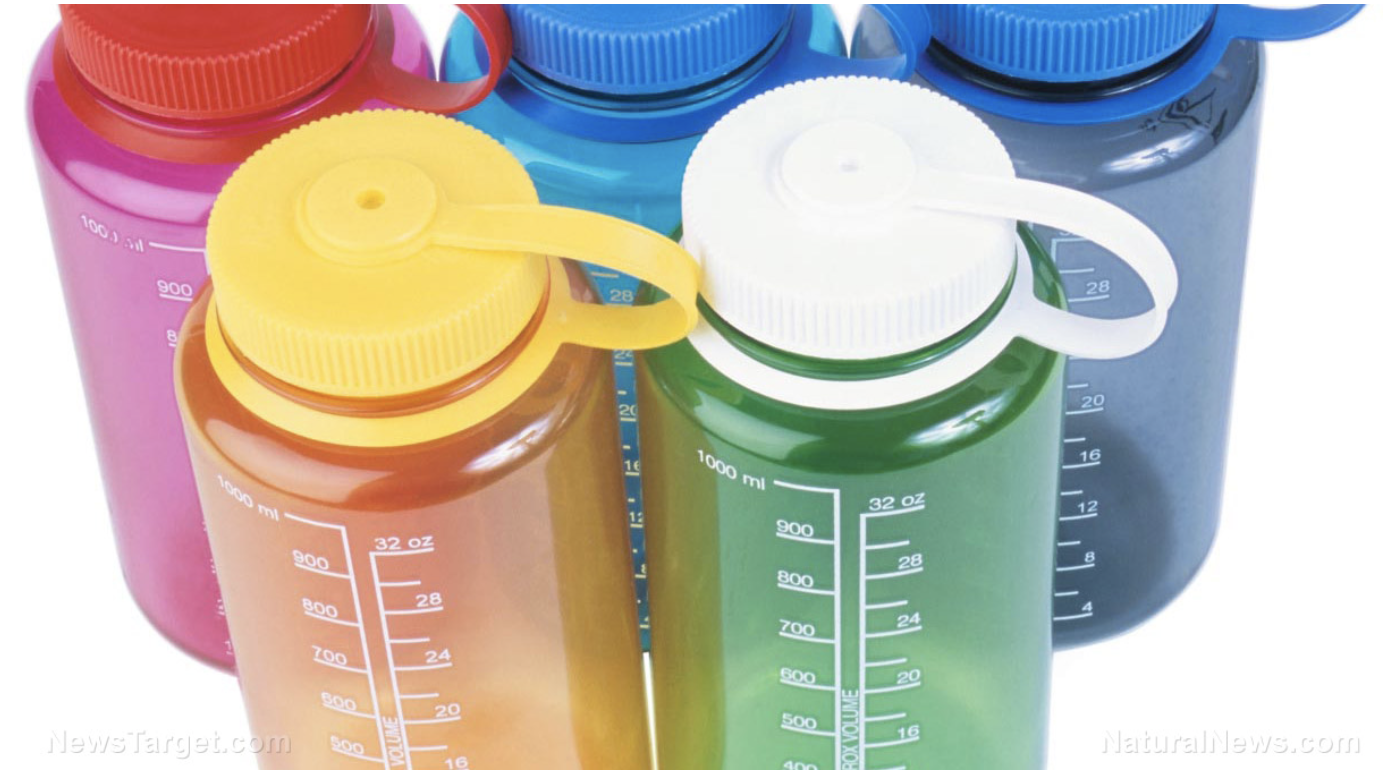Everything You Should Know About Plastics
Plastics are a very common and convenient item found in almost any commercialized product that you can possibly think of. However, it isn’t a simple item to not only process but to use as a consumer good as well. There are multiple types of plastics, with each type being different from the others. Some are considered to be single-use items, which tend to be considered more hazardous after reusing them several times, while others have the capability of being reused. Another specificity with plastics is that some can be easily recycled in curbside bins, whereas others require more complex recycling methods.
There are seven different types of plastics: polyethylene terephthalate (PETE), high-density polyethylene (HDPE), polyvinyl chloride (PVC-U), low density polyethylene (LDPE), polypropylene (PP), polystyrene or styrofoam (PS), and miscellaneous plastics (includes: polycarbonate, polylactide, acrylic, acrylonitrile, butadiene, styrene, fiberglass, and nylon) (1,2,3).
The 7 different types of plastic
1. Polyethylene terephthalate (PETE)
PETE plastics are considered to be “wrinkle-free” plastic fibers (1). It is mostly used for food and drink packaging since it is capable of preventing oxygen from entering into the container and spoiling any food product inside, and also keeps carbon dioxide in carbonated drinks contained (1).
2. High Density Polyethylene (HDPE)
HDPE plastics are an extremely dense form of plastic that is much thicker and stronger than PET (1). Typically HDPE plastics are used as grocery bags, milk jugs, shampoo bottles, detergent bottles, and medicine bottles (1).
3. Polyvinyl chloride (PVC-U)
PVC is typically used in toys, cling wraps, loose-leaf binders, medical tubing, etc. (1). PVC is considered to be the second most commonly used plastic resin type globally (1). PVC is also considered to be the most hazardous plastic since it can leach various toxic chemicals such as BPA (bisphenol A), phthalates, lead, mercury, and cadmium (1).
4. Low Density Polyethylene (LDPE)
LDPE are a much thinner and flexible form of polyethylene (1). It is mostly used for bags such as grocery, dry cleaning, bread, frozen food bags, newspaper bags, and garbage bags (1). LDPE is also used for plastic wraps, linings for paper milk cartons and hot beverage cups, as well as squeezable bottles and food storage containers (1).
5. Polypropylene (PP)
PP is widely used as hot food containers, reusable water bottles, thermal vests, car parts, and disposable diapers (1). It’s strength quality is slightly between LDPE and HDPE plastics, but it is considered a safer plastic option for food and drink products (1).
6. Polystyrene or styrofoam (PS)
Polystyrene of Styrofoam is commonly used as food takeout containers, egg cartons. disposable cups, bike helmets, and other shipping and packaging material (1). When exposed to hot and oily food, polystyrene is capable of leaching styrene which is toxic to the human body (1).
7. Miscellaneous Plastics (includes: polycarbonate, polylactide, acrylic, acrylonitrile, butadiene, styrene, fiberglass, and nylon)
Source: Napa Recycling
Miscellaneous plastics that do not fit under the 1-6 categories fall under this grouping of plastics. Some plastic may be layered or combined with other types of plastics such as bioplastics (1). Polycarbonate (PC) plastic are the most common type found under miscellaneous plastics, but aren’t as commonly used due to their being a high association with bisphenol A (1). Several countries have banned miscellaneous plastics like PC due to its toxicity (1).
Do these symbols mean everything is recyclable?
On the bottom of a plastic product there is a small number encompassed by the recycling symbol, which explains what type of plastic it is made of. Sometimes the plastic type number is found on the bottom, but only those with the recycling symbol are valid for recycling. Plastic types 1 and 2 for the most part are the only types capable of being effectively recycled.
Resin Identification Codes (RICs) were developed specifically for the plastics industry in 1988, to help decipher for recycling facilities what specific type of plastic resin can be found within a given product (4). This unfortunately does not mean that an RIC found on a plastic item means it is recyclable or that there are specific facilities and processing centers that can take such items (4).
The American Society for Testing and Materials (ASTM) International altered the plastic symbols from recycling symbol with arrows to solid triangles to hopefully reduce confusion, but manufacturers are not required to change their production utilities to stamp on the new symbol (4). This inconsistency with RICs can result in consumers perceiving that any plastic item can be recycled. With consumer perception assuming that all plastics are recyclable, more plastics are being sent into recycling processing facilities and slows down the sorting process, drives up recycling costs and leads to high rates of contamination and ultimately increasing the quantity of plastics being sent to landfills (4). Only 9% of all plastic waste has been recycled in significant amounts, with most of these items falling under type 1 and 2 (4).
Americans only recycle a fraction of the waste they produce (5). According to the Environmental Protection Agency (EPA), the U.S. recycles 34% of its overall waste, but there is growing evidence that much of our recycling may be going into landfills regardless (5). In terms of public environmental concern, the current percentage of Americans considering themselves to be extremely or very concerned about the environment is 74% (5). A decade ago it was only 38% (5). This is important to note since the shift for environmental concerns among American consumers will result in behavioral change from companies for better alternatives to plastics (5). The EPA found that overall recycling rates have increased in the U.S. to 34% (5). Even though recycling rates increased, because of the complexity of U.S. recycling programs being reduced into a single-stream recycling system, this results in a single bin to throw away all recyclable material and leads to increased improper disposal (5).
References:
Bahraini, Amanda. “7 Types of Plastic That You Need to Know.” Waste4Change, 8 Apr. 2021, waste4change.com/blog/7-types-plastic-need-know/.
Mertes, Alyssa. “What Are the Different Types of Plastic?” Https://Www.qualitylogoproducts.com/, 18 Sept. 2018, www.qualitylogoproducts.com/promo-university/different-types-of-plastic.htm.
“The Seven Types of Plastic.” OpenLearn, The Open University, 4 Feb. 2020, www.open.edu/openlearn/science-maths-technology/chemistry/the-seven-types-plastic.
Petsko, Emily. “Recycling Myth of the Month: Those Numbered Symbols on Single-Use Plastics Do Not Mean 'You Can Recycle Me'.” Oceana, oceana.org/blog/recycling-myth-month-those-numbered-symbols-single-use-plastics-do-not-mean-you-can-recycle-me.
“Reduce. Reuse. Confuse. How Best Intentions Have Led to Confusion, Contamination and a Broken Recycling System in America.” Consumer Brand Association, consumerbrandsassociation.org/wp-content/uploads/2019/04/ConsumerBrands_ReduceReuseConfuse.pdf.
“National Overview: Facts and Figures on Materials, Wastes and Recycling.” EPA, Environmental Protection Agency, 15 Apr. 2021, www.epa.gov/facts-and-figures-about-materials-waste-and-recycling/national-overview-facts-and-figures-materials.










